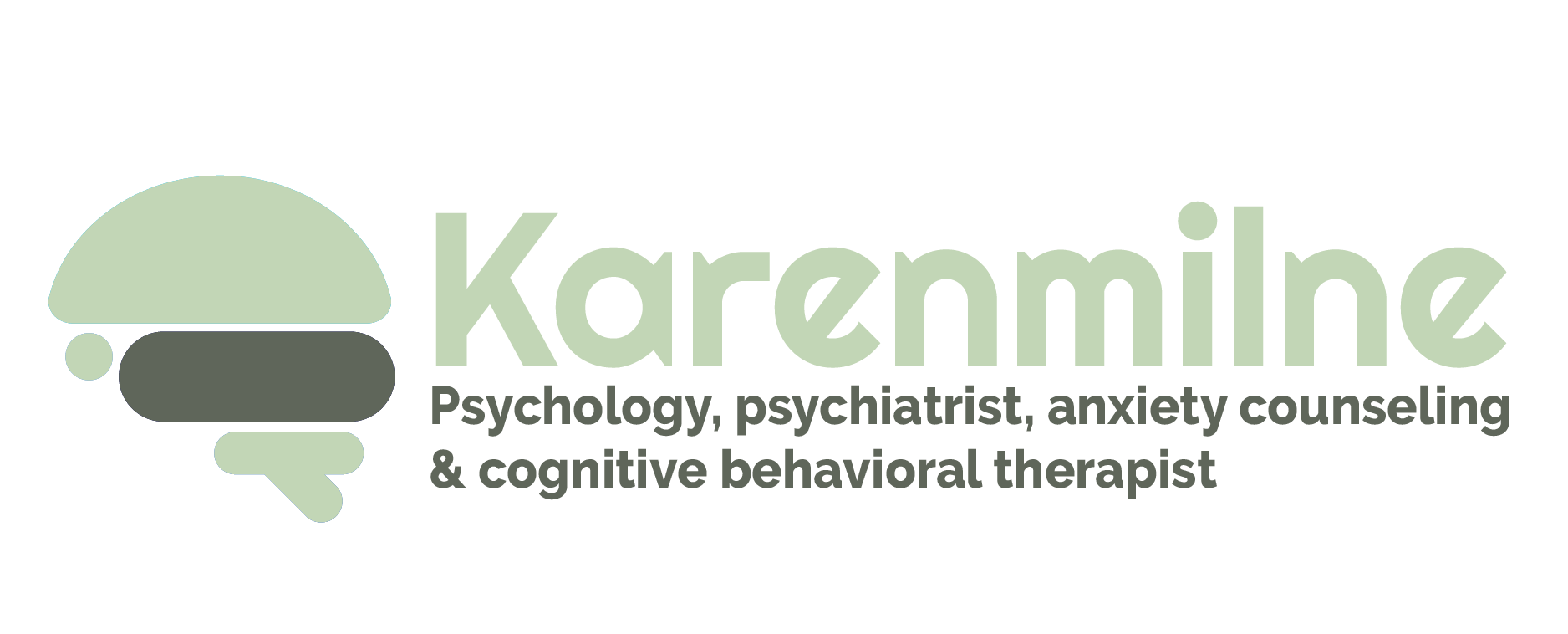Counselling is a field of psychology that deals with the process and outcomes of counseling. Its areas of study encompass research, training, and supervision. It is also used to promote health and prevent disease. Below are some of the many facets of this field. For more information, visit the website for the American Psychological Association. The definition of counselling is quite broad. It includes any practice related to psychological interventions with people. This is because the profession has numerous applications in all aspects of life.
The second step of counselling involves giving the client an opportunity to share their issues and problems. This may include highlighting many different issues in their life, such as financial problems, relationships, and family matters. The counsellor will ask the client which issue they want to discuss first and how important it is to them. This is the basis for a successful session. During the first session, the counsellor will ask the client about their goals for the next session, which can be a key part of achieving success.
The second stage of counselling involves giving the client the opportunity to express their problems. The client will likely highlight several different issues and may highlight several different ones. The counsellor may ask the person what is the most important and which is least important. Hopefully, the counsellor will be able to recall these points and continue where they left off the previous session. In this way, the client will feel more comfortable with the counsellor and be more willing to talk about their problems.
The third stage of counselling involves giving the client the opportunity to express their problems. They may choose to highlight a number of different problems that affect their lives. For example, the client may highlight issues in relationships and finances. Sometimes, a client highlights multiple issues, including financial issues. The counsellor may ask what is most important and focus on that first. After discussing this, the counsellor will ask the person about how they can overcome their issues.
The second stage of counselling involves the client giving the counsellor an opportunity to express his or her concerns and issues. A client may highlight a number of different problems or issues, and the counsellor may ask which one is more important to discuss. In the end, the counsellor will ask the person to tell the counselor more about the problem and his or her life. A successful counselling session can lead to positive changes in a person’s life.
The third stage of counselling involves the client giving the counsellor the opportunity to listen to his or her problems. In this case, the client may highlight several issues that affect him or her in his or her life. The counsellor may also ask the clients to make their decisions. Once the process of sharing has begun, the counsellor will decide whether to discuss the issues in more detail. If the client has done so, the counsellor may conclude that the counsellor has helped the client.
In the third stage, the client has an opportunity to share his or her problems and concerns. He or she may be dealing with a range of issues, such as problems with relationships, work, or their families. The counselor will also discuss any issues that have to do with their personal and family life. In this stage, the counsellor may ask the client to talk about his or her finances. A client can express a wide range of emotions.
The second stage of the counselling process is where the client has the opportunity to share his or her issues. During this time, the client may indirectly disclose many issues, such as financial problems and family issues. However, the counsellor may ask the client to highlight only the most significant ones and continue the conversation at the later stage. It is important to remember that the first session of counselling is important, so it should not be dismissed. In addition, the counsellor should always be honest and patient, as this step will ensure a smooth and productive relationship between the client and the counselee.
The second step of counselling is where the client expresses their problems and issues. The client may also want to highlight other issues that may affect his or her life. The counsellor should be able to address these issues as well. Ultimately, the counsellor should provide a safe environment for the client to openly express his or her feelings. It is not uncommon to encounter a client who has a difficult time expressing himself or her problems.

